Go Back
If you weren’t at the Assembly Lounge in Revolution Hall at 6:00p.m. on April 27th, you missed out! This marked our April 2017 edition of Camp Optimization, roboboogie’s bi-monthly networking event for optimization and marketing professionals.
This month we had the exciting opportunity to hear from Ryan Summers, the Experience Optimization Lead at Connective DX. Ryan’s work at Connective DX has been focused on finding ways to help KinderCare increase enrollment rates by optimizing the KinderCare.com customer experience using personalization. So, what did we learn from Ryan? Check out our 5 top take-aways from his talk:
1. Always Start with a Hypothesis
“Like any good experiment, start with a clear hypothesis.”
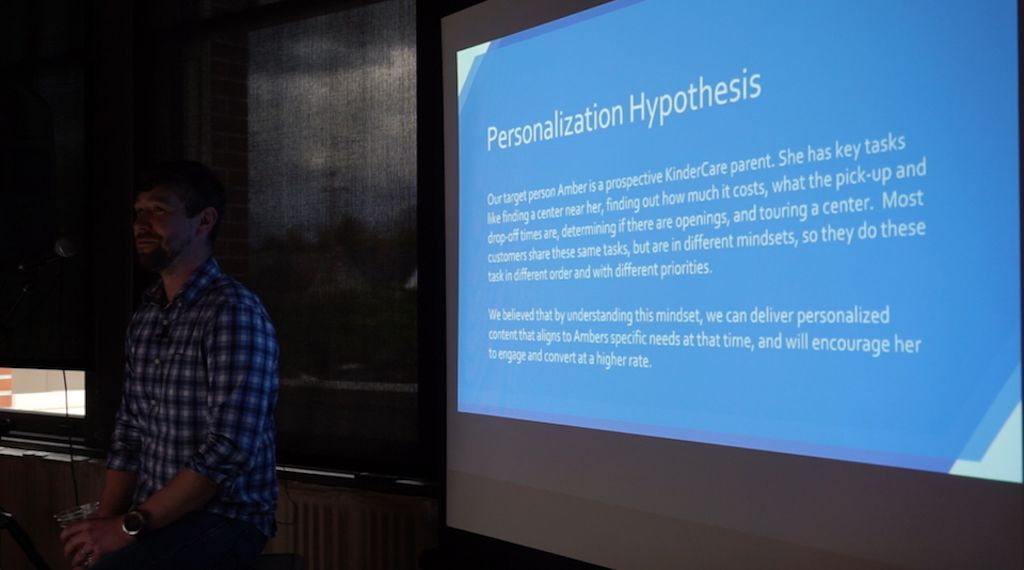
This is the one thing all scientists know. Every experiment needs to start with a clear hypothesis – even experiments in personalization. For KinderCare, the personalization experiment began with this hypothesis: “by understanding the mindset of a person, we can deliver personalized content that aligns with our potential customer’s specific needs in that moment, ultimately resulting in improved conversion rates.”
2. The Customer’s Mindset is Essential
“Starting with a persona is great, but go backwards and unpack the mindset.”
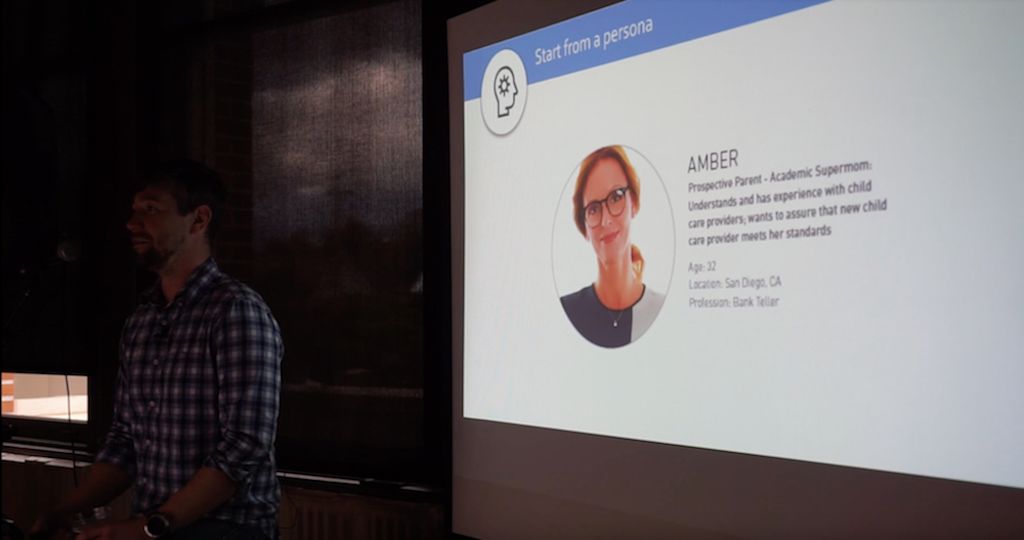
One persona Ryan and his team uncovered was a mother (they named Amber) who was actively evaluating daycare options for her child. Choosing the right daycare is an emotional and involved process. Amber had a robust set of requirements she was evaluating and, therefore, spanned a variety of mindsets depending on what criteria she was evaluating at that time. Ryan and his team hypothesized that there was a correlation between the content Amber was viewing and her mindset at the time she was viewing that content. A persona, like Amber, allows for a strong basis for personalization, but understanding how someone is thinking and feeling when they view your content is just as essential to conversions.
3. Personalization Should Focus on Fixing Customer Needs
“Understanding the mindset of a person, you can deliver personalized content that aligns with their specific needs at that time.”
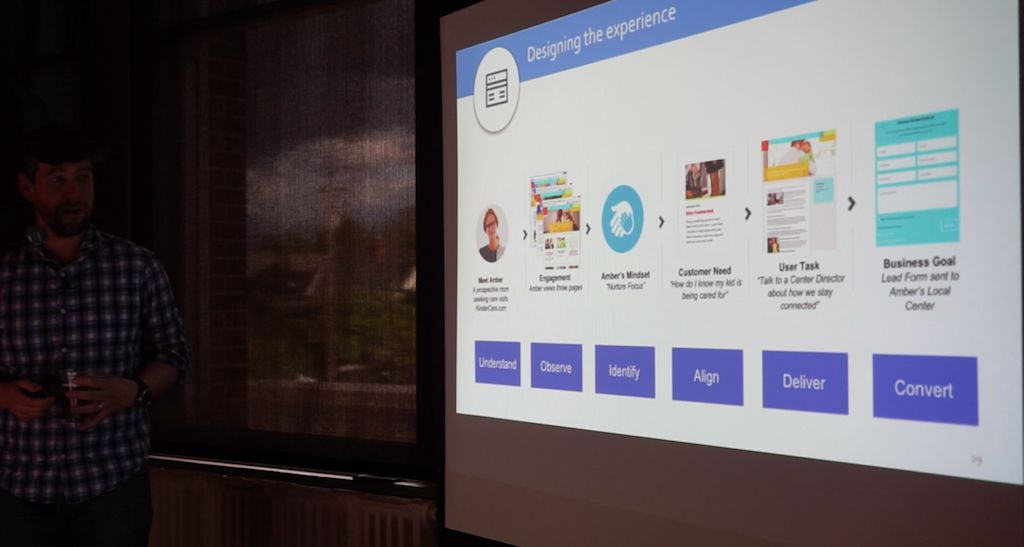
If you treat your customers like they are always in the same mindset, you are going to miss out on A LOT of conversion opportunities. It is essential to understand the different mindsets and then cater your content accordingly. This way, you can create varying content that matches the user’s needs across all of their different and changing mindsets, not just one of them.
4. Carefully Define Each Unique Mindset and it’s Characteristics
“It’s one thing to be able to know when someone is on your site and know who they are, but what can we show them that gets them through the journey faster?”
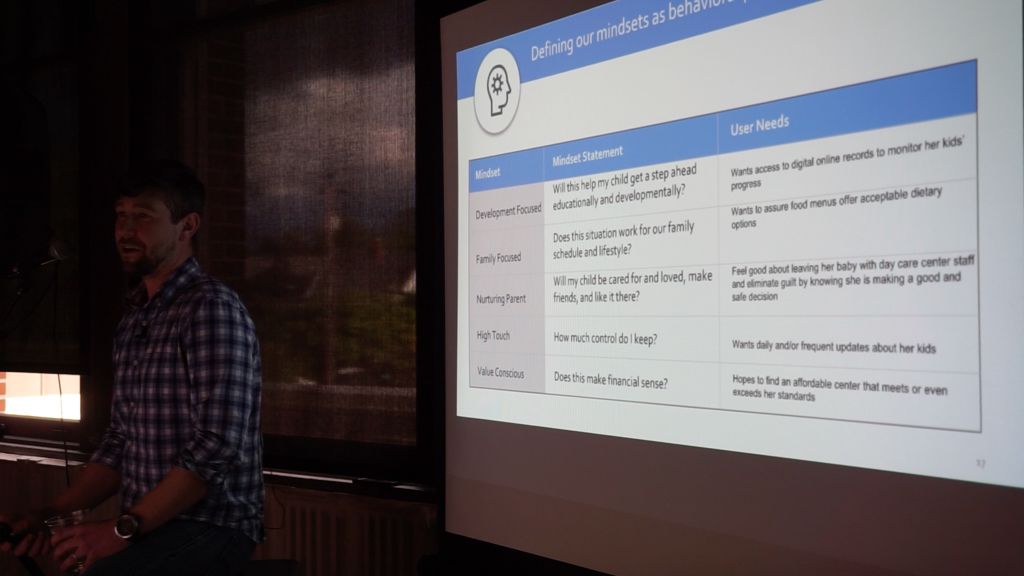
Ryan identified five consideration criteria that his KinderCare team used to define the different mindsets their customers were experiencing when accessing the website. These criteria identified the varying characteristics and values parents would evaluate when seeking a care center. For example, the “family-focused” mindset valued the relationship of the teacher with the family over teaching expertise. Ryan shared that the goal of aligning to this criteria was ultimately to get Amber what she needed as fast as possible.
5. Ground Personalization Strategies in Proven Data
“Personalization is just experimentation that is highly segmented. The key is to validate that this works so that we can do it again.”
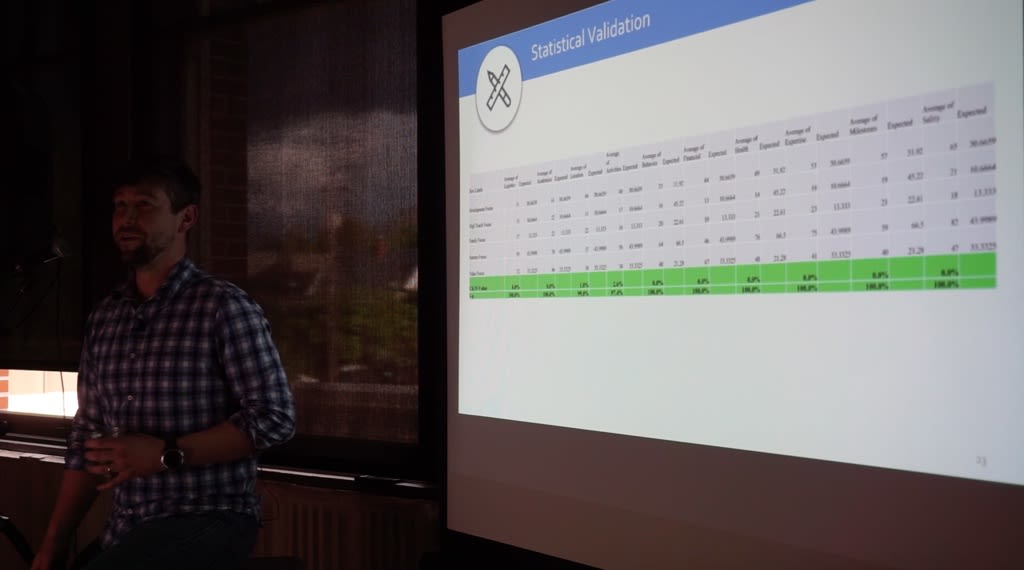
One of Ryan’s key takeaways from this research was that “personalization should be grounded in data that can be reproduced for all stakeholders.” You need to be able to show why and how everything happened. Your model needs to be based off of something that you can go back, prove and build upon with all users and all mindsets coming to the website. So, what does this mean? The math matters.
When it comes down to it, mindset modeling in personalization often gets overlooked, but skipping this crucial step can severely limit the conversion potential. So, the next time you’re developing a personalization strategy, make sure you incorporate some mindset research. It will get you far.
If all this personalization talk gave you FOMO, come to our next Camp Optimization meetup event in June and get a first-hand look. Thank you again to Ryan at Connective DX for the thought-provoking conversation!
– Written by Sophie Ey, Jr. Marketing Coordinator



